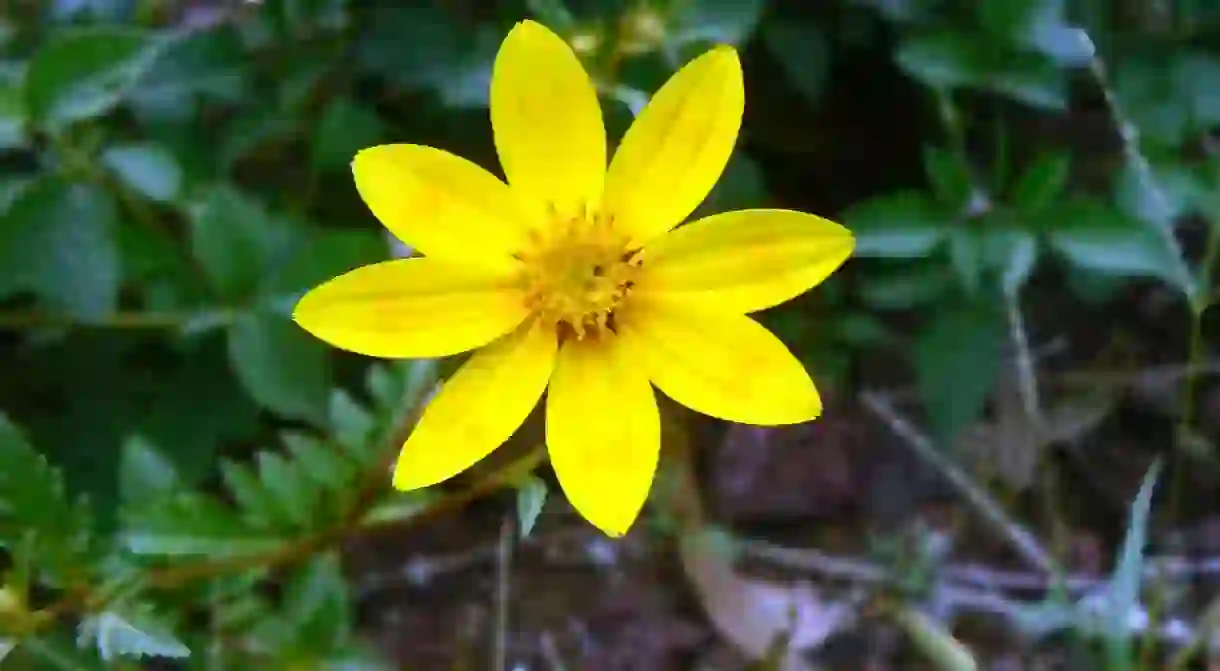How to Celebrate the Ethiopian New Year

Ethiopia rings in its New Year, Enkutatash, on 11 September, and not on 1 January, as the rest of the world does. The country’s unique calendar considers September, called Meskerem in the local language of Ethiopia, to be the first month of the year. Here is a look at the history behind the New Year celebrations.
The Ethiopian New Year Enkutatash means the ‘gift of jewels’. Legend has it that King Solomon of Jerusalem gave the Queen of Sheba jewels during her famous visit to Jerusalem some 3,000 years ago. Her return to Ethiopia after receiving the gift coincided with the New Year celebration in September, and hence the name Enkutatash came to be.
The number of daylight hours and nighttime hours happen to be exactly equal in every part of the globe once every September, which is one of the reasons Ethiopians celebrate New Year during this month. During this time of the year, the Sun and the Moon that are used to count time each have 12 hours before setting. The second reason is derived from the Bible, which says that the creation of the Heavens and the Earth took place in September.
Ethiopians believe that the month of September has different signs that explain why it should be celebrated as the beginning of a New Year. Blooming flowers, sunny days and a generally pleasant weather reign during this month. It is a time when people leave the rainy, foggy and thunderous months in Ethiopia’s winter period behind and move on to better days.
The celebration of the New Year
As a harbinger of the New Year, a song called ‘Abebayehosh’ is performed by groups of Ethiopian girls. You could be at home in your PJs, sipping on some coffee, or maybe taking a stroll, as a group of girls approach you beating their drums, clapping and singing the traditional song. One of the girls leads the song and the rest respond to the lyric, chanting “lemlem”. They carry bright-yellow flowers called adey abeba, which grow in Ethiopia only from September to November. As a token of appreciation, people respond to the girls’ pleasant songs with a piece of bread prepared for the holidays, or with money – the latter taking precedence these days. Then come the heartwarming praises from the girls, wishing the gift giver more riches, more children for the coming year and even 30 calves.

The whole family comes together to light a bonfire in their backyard and dance around it in circles on the eve of the New Year. For the New Year celebration, young boys have a different role. Weaving their creativity into beautiful paintings that herald the coming of a bright new day, the boys go from one house to another handing out their works of art on the morning of the holiday to family members, neighbours and friends.
Holidays in Ethiopia are bound to make most people feel a pinch in their pockets, because of the feast. Slaughtering animals is mostly done at people’s homes, and men usually assume the traditional role. The national dish doro wot (chicken stew), which takes at least half a day to prepare, is rarely missed from the holiday menu, and is served along with local alcoholic drinks such as tej (honey wine) and tela. The doro wot is served with injera (a flatbread) on a large platter; everyone can dine together, and it is common to see people feeding each other as a way of showing affection and love. When visiting families, neighbours and friends, savouring every holiday dish is the order of the day and may leave some people overwhelmed.
There’s no better time than the holidays for people who would like to relish Ethiopian coffee in all its glory. Complemented by popcorn and a pleasant frankincense aroma, coffee is served after the extensive holiday feast is over, and long, freshly cut green grass called ketema is spread on the floor.













